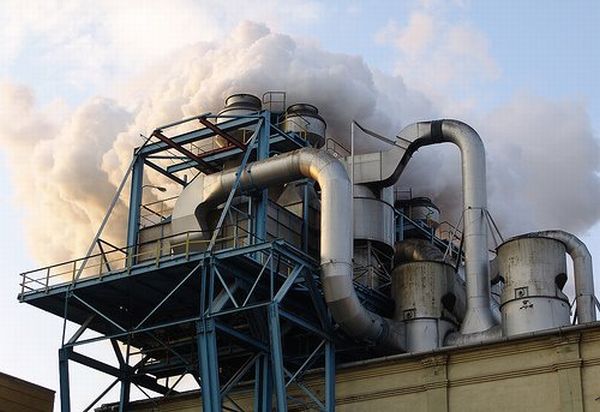
Mankind is facing the greatest challenges of all times and that is curbing the monstrous after-effects of the growing percentage of green house gases in the air. We all are trying our best to take this challenge head on, and an important way to contribute to this noble cause has been devised out by US scientists and technocrats. They have come out with a high-efficiency thermal waste heat energy converter to trap the heat energy that is released from industrial processes and convert it into electricity.
Heat energy, worth millions of dollars is released from industrial processes every year. This heat energy, if utilized in an optimum manner, can prove to be a potent solution to the problem of depleting natural resources for electricity generation. This concept had been used earlier, however, due to technological shortfall, it was not possible to launch it out at a mass scale. This time, it seems that all technological hiccups have been taken well care of.
Scott Hunter, the leader of the Oak Ridge National Laboratory development team, is of the opinion that the large amount of heat, released from computer chips is a potent source of global warming. The team has used the concept of pyroelectricity, and has devised out cantilever like structures, that are to be attached to chips, with a density of thousand devices per chip. These devices are small in size, measuring about one millimetre square per device. Each device is capable of generating up to 1 – 10 milliwatts of electricity, a figure that sounds negligible. But when accumulated, all the thousand devices can generate enough energy to put to life, a sensor. The secret behind the device is a micro-electro-mechanical pyroelectric capacitor, that causes current to flow in alternate directions when heated and cooled, thus generating electricity.
The team behind this technology consists of Nickolay Lavrik, Thirumalesh Bannuru, Salwa Mostafa, Slo Rajic, and Panos Datskos. The expectation out of the device is a decent 30-40 percent efficiency. Well, even our expectation out of the team is fairly decent too. A contribution, however small, is ultimately a contribution. This technology, if proved to be functional, would largely help in fighting out the increasing temperatures on the earth. We just wish success to the team in fulfilling this noble cause.
Via: EurekAlert




